The way coffee beans are roasted, whether as a light roast, medium roast, or dark roast, dramatically influences flavor, aroma, body, and even how you should brew your coffee.
In this guide, you’ll learn how the roasting process transforms green coffee beans, what sets each roast level apart, and how to choose (and brew) the perfect roast for your taste.
What Is Coffee Roasting and Why Does It Matter?
Roasting coffee involves heating raw green coffee beans until they develop the rich aroma and complex flavors that define brewed coffee.
This transformation is much more than a color change: the roasting process develops hundreds of flavor and aroma compounds, caramelizes sugars, and alters acidity and body.
The degree of roast, how long and how hot the beans are roasted, determines whether you end up with a bright, floral light roast or a bold, smoky dark roast coffee.

The Main Types of Coffee Roasts
Understanding the spectrum of coffee roasts helps you find the flavor profile that suits your palate. Here’s what makes each roast unique:
Light Roast Coffee
- Appearance: Light brown, dry surface, no visible oil.
- Flavor: Bright acidity, floral and fruity notes, highlights the bean’s origin.
- Body: Lighter, tea-like.
- Common Names: Cinnamon, Light City, New England, blonde roast.
- Best For: Single-origin coffees, pour-over, and those who love nuanced flavors.
Light roast coffee beans are roasted just until the “first crack,” preserving much of the original character of the green coffee. Because lighter roasts are denser, they need higher brewing temperatures for full flavor extraction.
If you use a HiBREW espresso machine, set the brew temperature between 93–96°C (200–205°F) for optimal results.

Medium Roast Coffee
- Appearance: Medium brown, still dry with little to no oil.
- Flavor: Balanced acidity and body, with notes of caramel, nuts, and chocolate.
- Body: Smooth and rounded.
- Common Names: City, American, Breakfast, Full City.
- Best For: Drip coffee, French press, and espresso.
Medium roast coffee is roasted past the first crack but not to the second. This “sweet spot” offers a harmonious blend of the bean’s natural flavors and the caramelization from roasting.
For espresso, HiBREW recommends brewing at 91–94°C (196–201°F) to achieve the perfect balance.

Dark Roast Coffee
- Appearance: Dark brown to nearly black, shiny and oily surface.
- Flavor: Bold, smoky, bittersweet, sometimes with burnt sugar notes.
- Body: Full and heavy.
- Common Names: French roast, Italian roast, Vienna, Espresso.
- Best For: Espresso, moka pot, and those who enjoy robust, intense coffee.
Dark roast coffee beans are roasted to the “second crack” or beyond, resulting in a strong, toasty flavor. Because dark roasts are more porous and soluble, they extract flavors quickly and can become bitter if brewed too hot. It's great for espresso since it tends to create richer crema.
For espresso, HiBREW machines should be set to 88–92°C (192–198°F) to avoid over-extraction and preserve the natural sweetness and smoothness of darker roasts.

Espresso Roast: A Flexible Definition Across Roasters
Espresso roast generally refers to coffee beans roasted to a medium-dark or dark level, aiming for a bold, rich flavor and lower acidity that suits espresso’s intense brewing method. However, there’s no universal standard-what one roaster labels as an “espresso roast” might be a medium or even light roast by another roaster’s definition.
Specialty coffee trends have led some roasters to craft lighter espresso roasts to highlight unique origin flavors, while others stick with the traditional darker profile for a classic, robust shot.
Always check the roast description, as “espresso roast” can vary widely in color, flavor, and intensity depending on the roaster’s approach.
How Roast Level Affects Flavor, Caffeine, and Aroma
- Acidity: Light roasts are most acidic, medium roasts are balanced, and dark roasts have the least acidity.
- Body: Increases from light to medium, then can become heavier or even thinner with very dark roasts.
- Flavor: Light roasts highlight the bean’s origin, medium roasts offer caramelized sweetness, and dark roasts deliver bold, smoky, or even charred notes.
- Caffeine: Contrary to popular belief, the caffeine content changes very little during roasting. The difference mostly comes from the weight and density of the beans. Generally, light-roasted beans have slightly higher caffeine content. Check our espresso caffeine content guide here.
- Aroma: The Maillard reaction and caramelization during roasting create hundreds of aroma compounds, giving each roast its distinct scent.
Coffee Roasts and Brewing Methods
The best brewing method for your coffee depends on the roast:
- Light Roast: Pour-over, Aeropress, Chemex. Use higher temperatures to extract complex flavors.
- Medium Roast: Drip, French press, espresso. Balanced and versatile.
- Dark Roast: Espresso, moka pot, cold brew. Lower brewing temperatures help avoid bitterness and bring out natural sweetness.
Of course, this is just a general idea, you can definitely make a pour-over with dark roasted beans and pull an espresso shot with light roast beans. Actually, many coffee lovers like the floral and juicy espresso rather than the traditional intense espresso shots.

Choosing the Right Coffee Roast for You
- Love bright, fruity, and floral notes? Try a light roast coffee, especially single-origin beans.
- Want balance and versatility? Medium roast coffee is your best bet.
- Crave bold, smoky, or chocolatey coffee? Go for a dark roast, like a French roast or Italian roast.
Experiment with different coffee roasts and espresso brewing temperatures to find your personal favorite.
The Importance of Brew Temperature
One of the most overlooked factors in brewing great coffee is matching your brew temperature to the roast level of your beans.
The structure and chemistry of coffee beans change significantly during the roasting process, and this directly impacts how easily flavors are extracted during brewing.
|
Roast Level |
Bean Structure |
Ideal Brew Temp |
Resulting Flavor Extraction |
|---|---|---|---|
|
Light Roast |
Dense, less porous |
93–96°C |
Bright, complex, nuanced |
|
Medium Roast |
Moderately dense |
91–94°C |
Balanced, sweet, rounded |
|
Dark Roast |
Porous, brittle |
89–92°C |
Smooth, bold, less bitter |
Why Adjustable Temperature Matters
Most home coffee makers use a fixed temperature, which can limit your ability to get the best from different coffee roasts. Some HiBREW’s espresso machines such as H7B, H10A, H10 Plus, H10B, H13, allow you to set the exact brew temperature for each roast level, giving you precise control over extraction and flavor. This means you can always brew your light and dark roasts at their ideal temperatures, unlocking the best possible taste from every bean.
Coffee Roast Names Explained
Roast names like “Blonde roast,” “City,” “Full City,” “Vienna,” “French roast,” and “Italian roast” can vary between roasters and regions. Generally, these names move from light to dark, but always check the color and description on the bag to know what you’re getting.
Conclusion: Start Your Coffee Journey with Confidence
Understanding different coffee roasts empowers you to make better choices, brew tastier coffee, and appreciate the full spectrum of flavors coffee beans have to offer. Whether you prefer light, medium, or dark roast coffee, HiBREW’s advanced espresso machines let you dial in the perfect brew temperature for every roast, unlocking the best in every bean.
Ready to explore the world of coffee roasting? Discover our expertly roasted coffee beans and experience every roast level with HiBREW’s precision espresso machines. Elevate your coffee ritual today.

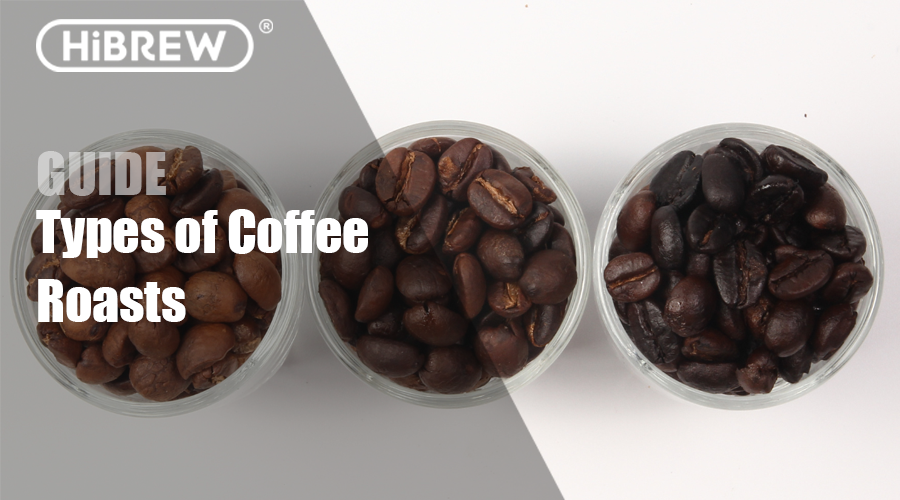
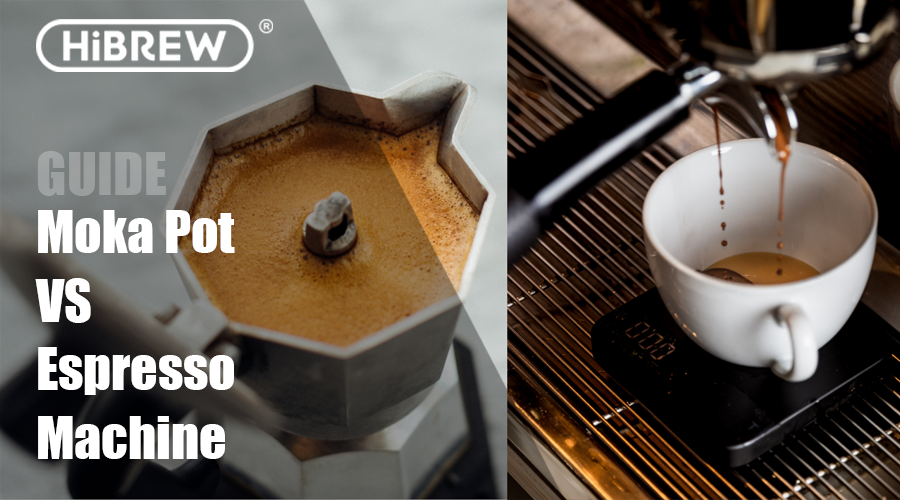
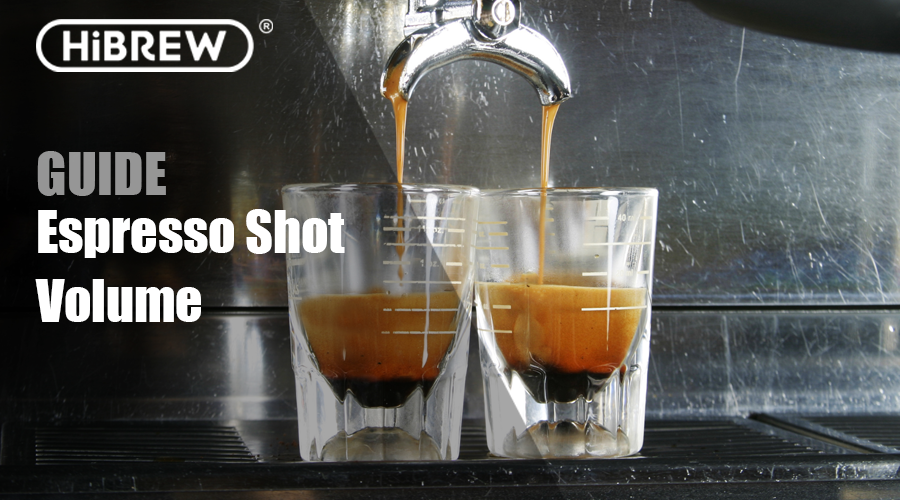
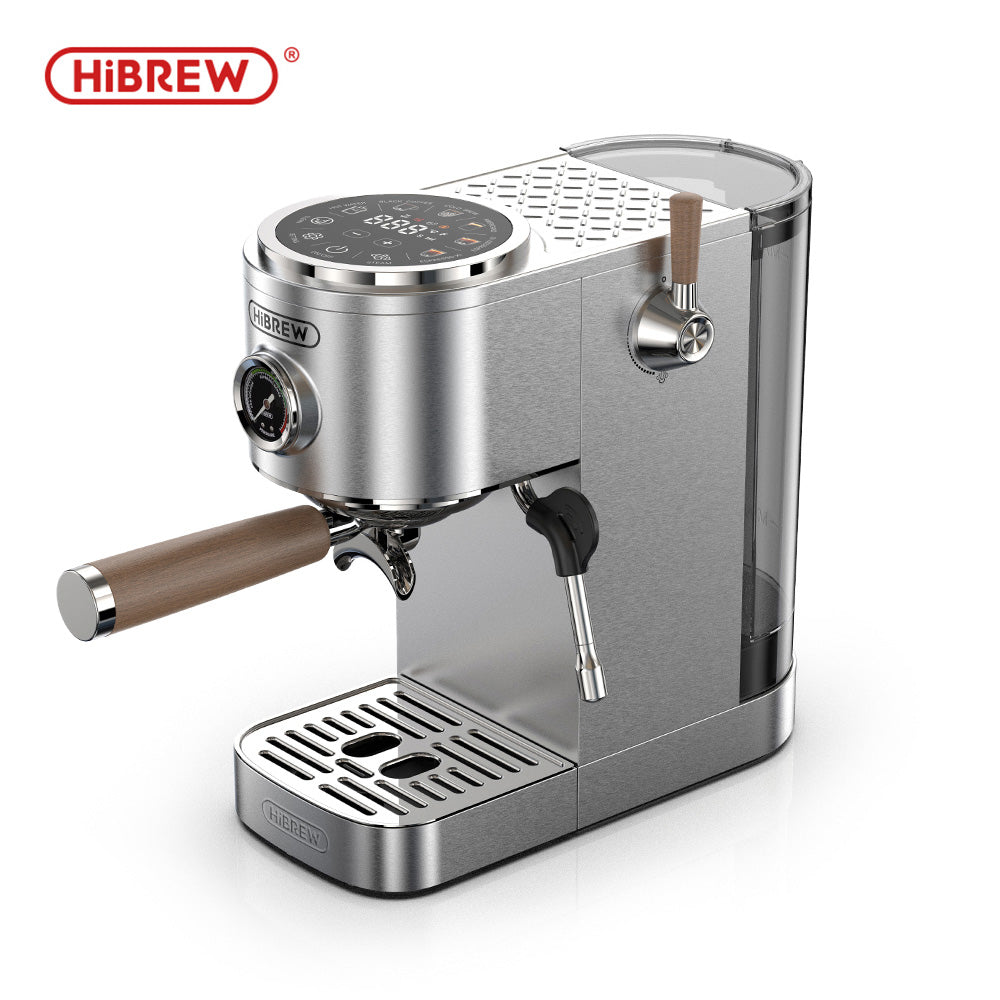

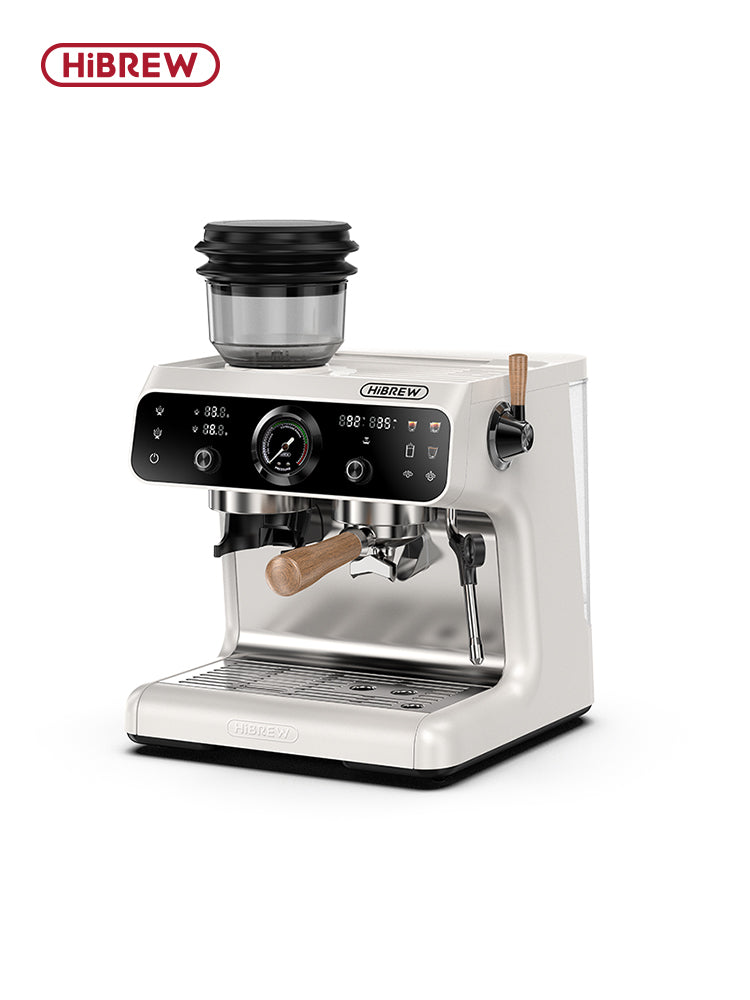
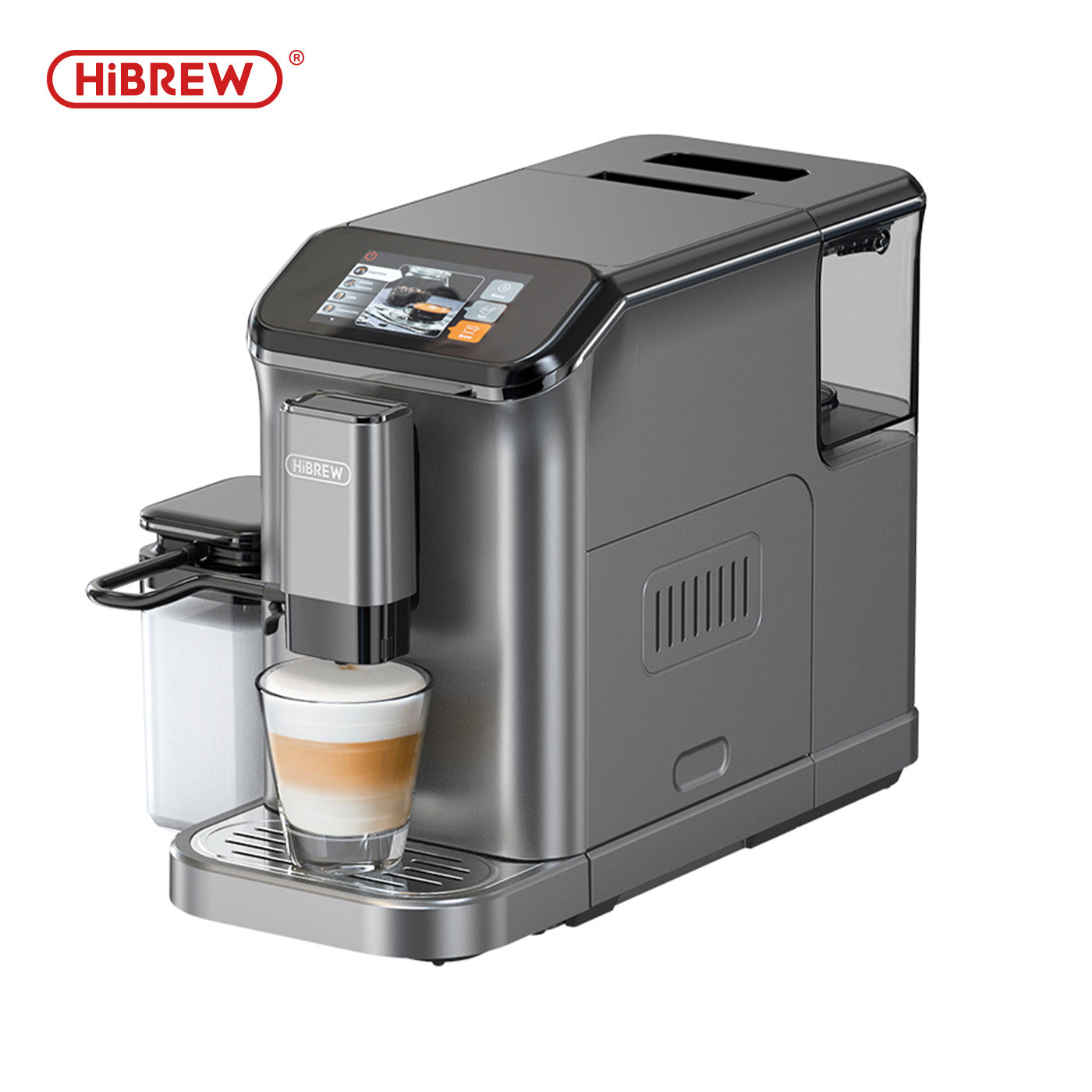
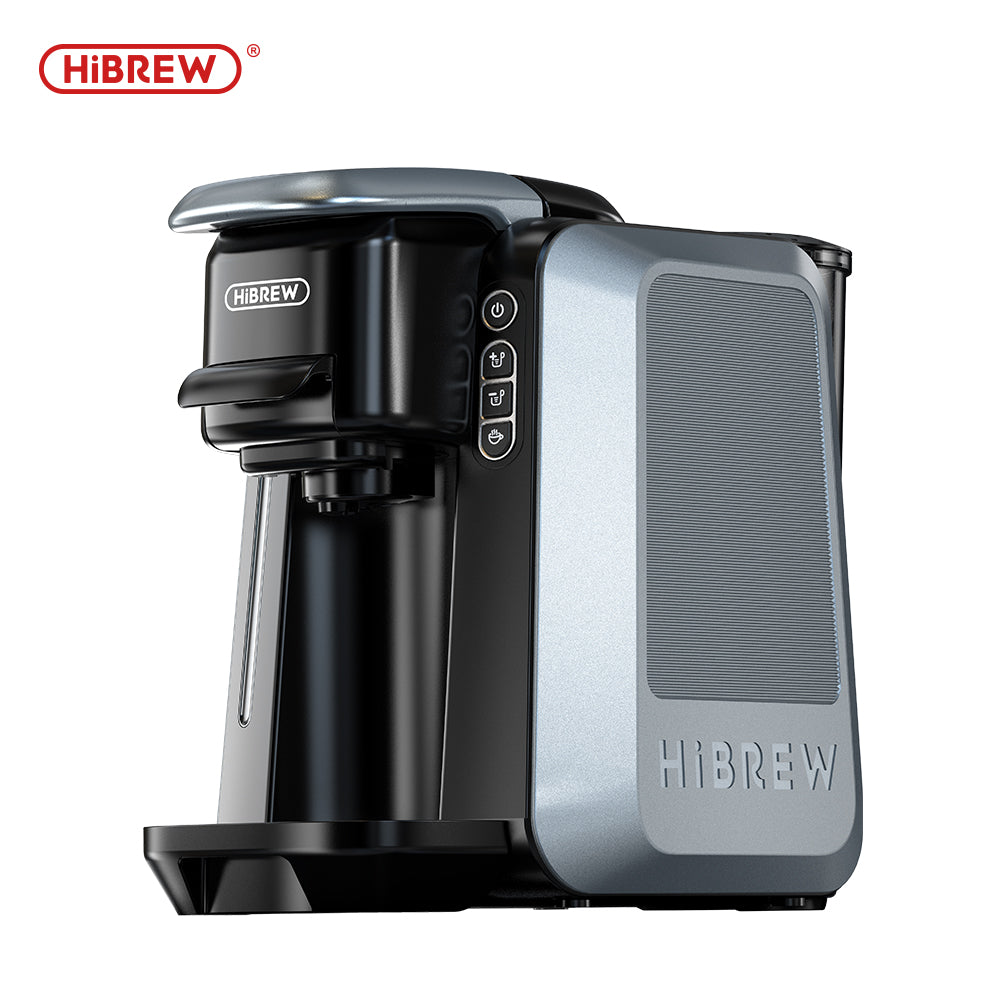
Dejar un comentario
Todos los comentarios se revisan antes de su publicación.
Este sitio está protegido por hCaptcha y se aplican la Política de privacidad de hCaptcha y los Términos del servicio.